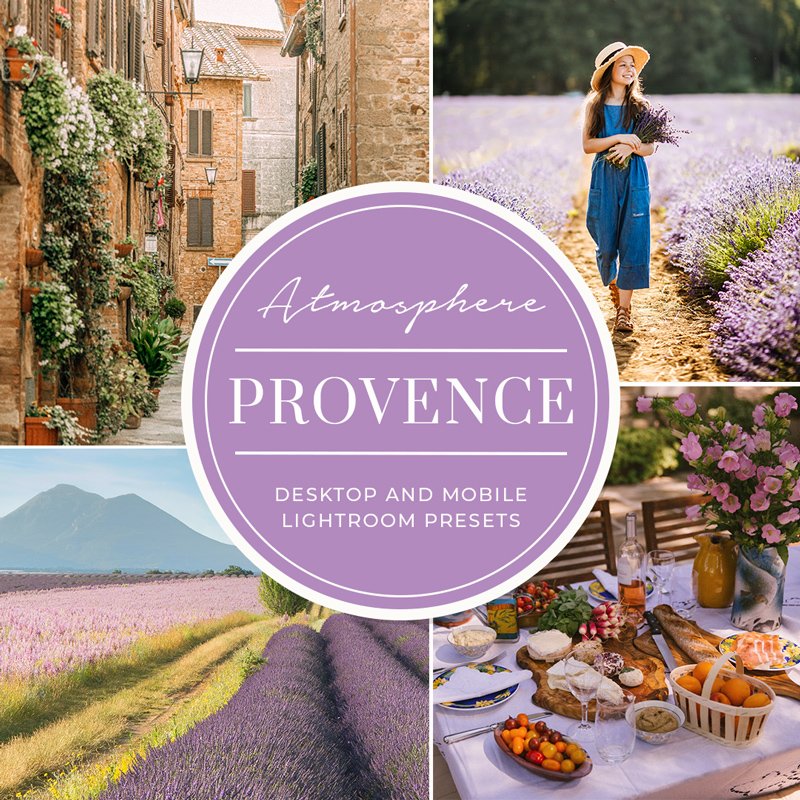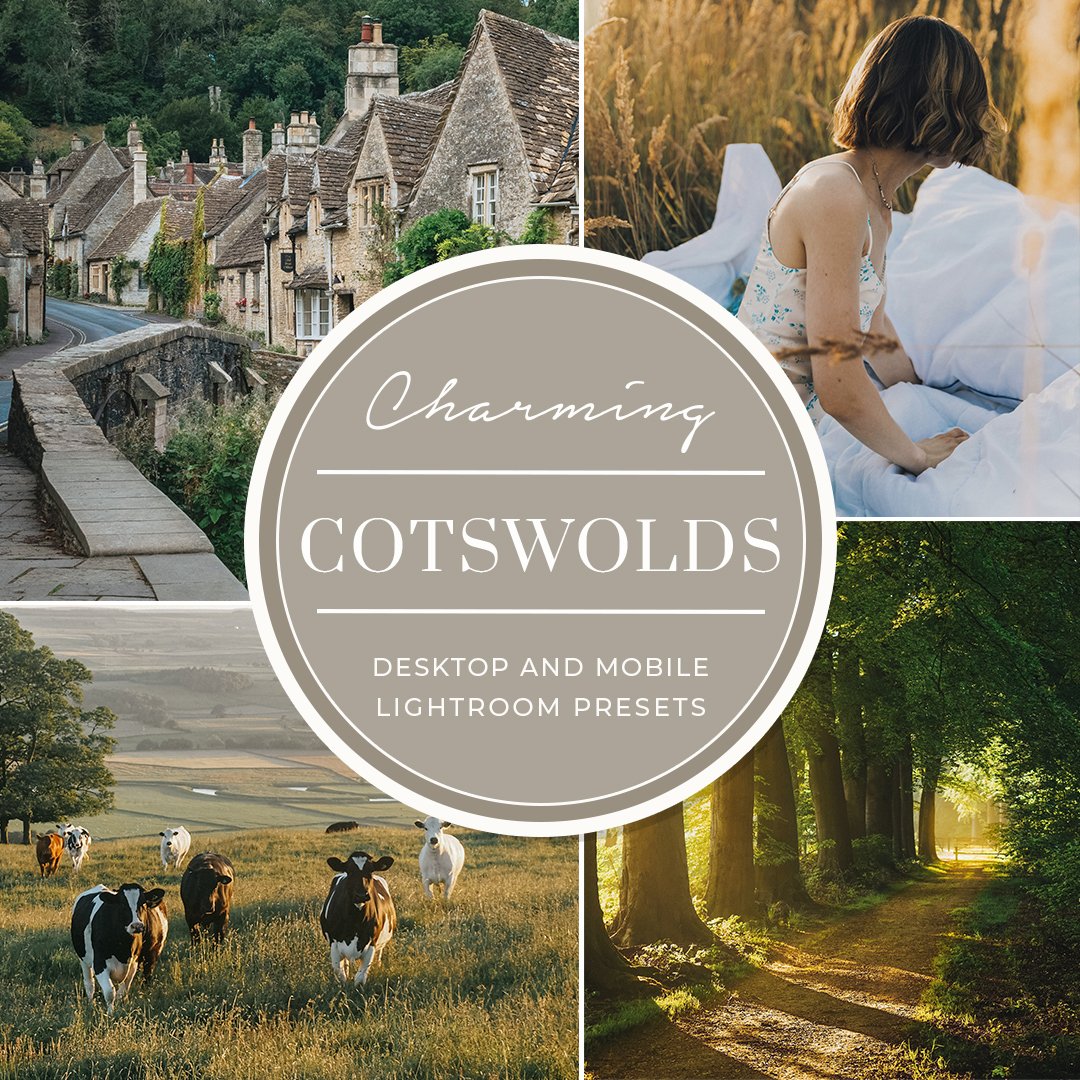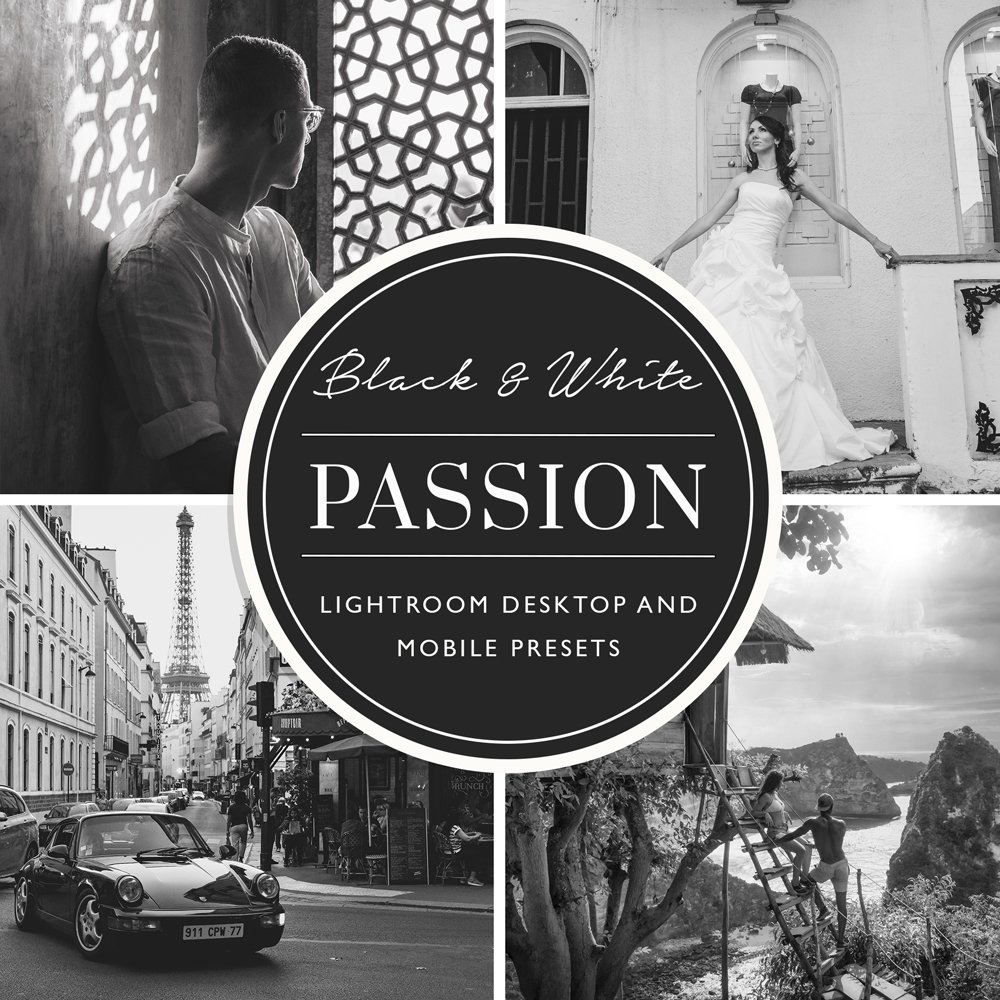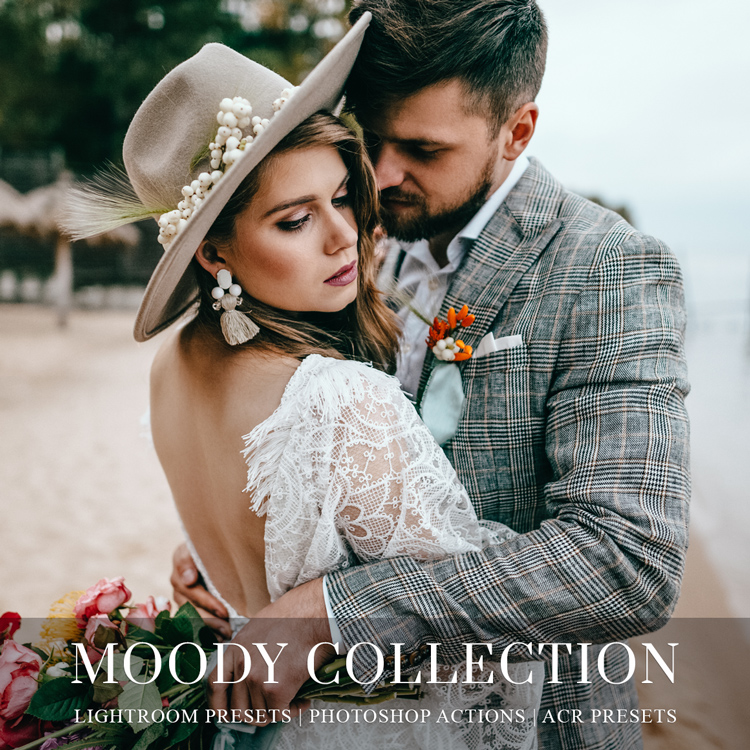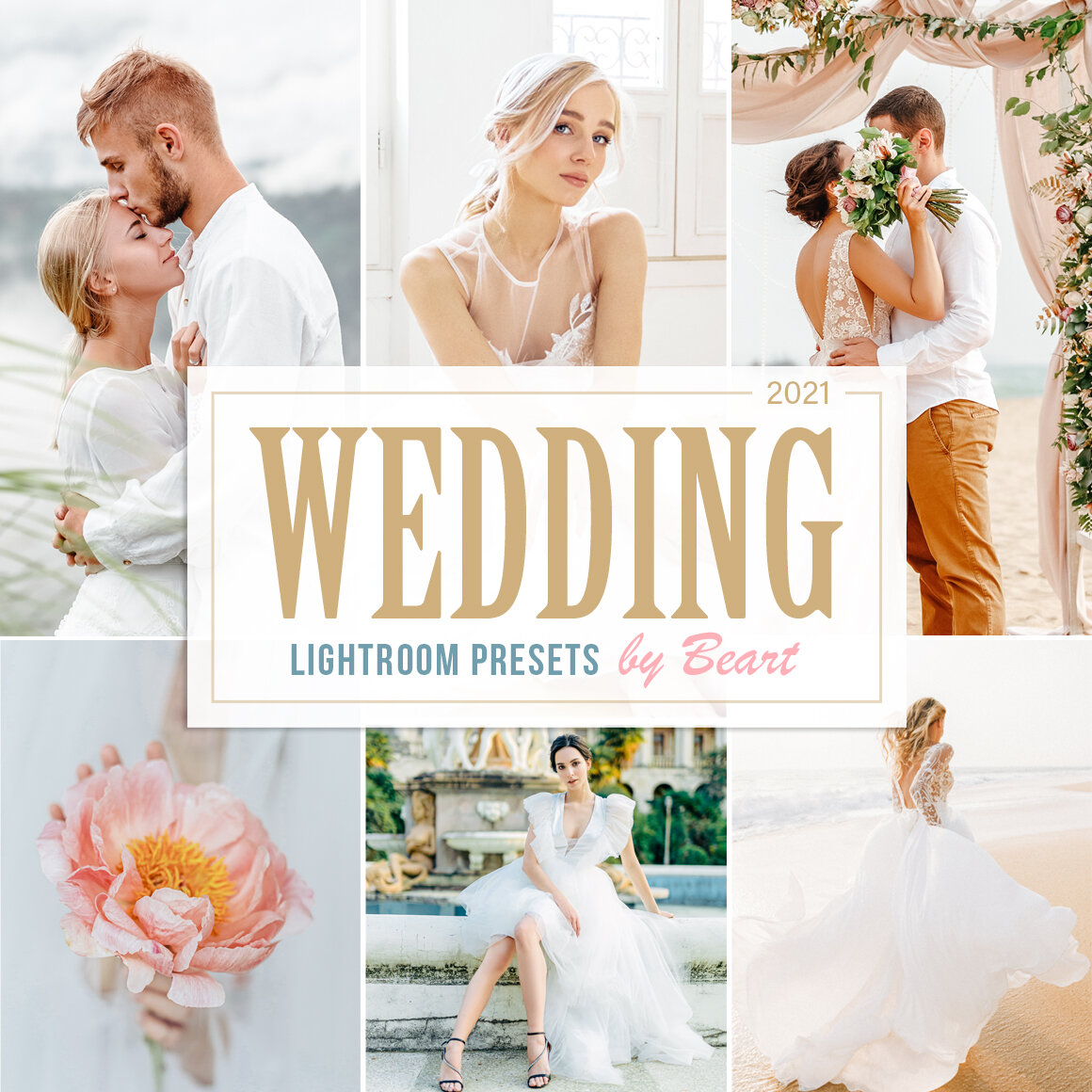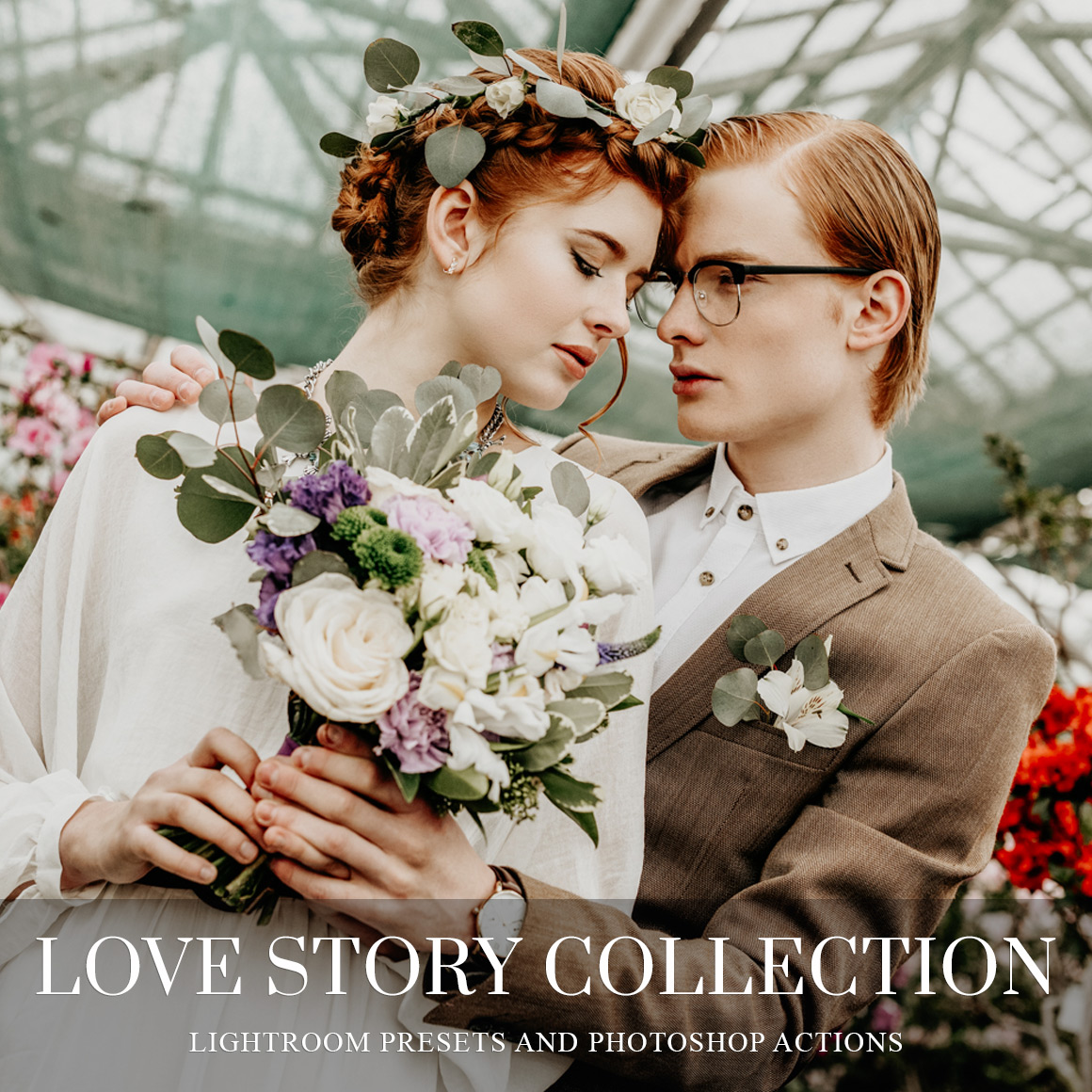Mastering Highlights, Shadows, and Midtones: Photo Tonal Range for Dummies
Do you need help to freeze the moment to capture the best photos? The secret lies in understanding the three pillars of tonal range: its lights and shades and its middles. This article will unveil these secrets and further help you enhance your photo skills, as this piece is the complete guide on tonal balance.
Why Tonal Range Matters in Photography
By tonal range, it is referred to as the skeletal framework of the photo in question. That adds depth, dimension, and the element of surprise or shock value to what viewers try to avoid seeing by scrolling through their news feeds. Whether you shoot scapes, portraits, or street photography, if you don't master tones, your pictures will be just good, while they could be spectacular. Knowledge of these elements is essential to creating images that resonate with your audience.
Breaking Down the Tonal Trinity
Perhaps we will begin with one of the major areas the illumination of the best features in your photographs. Therefore, these pull the viewer's focus and establish strong points of attention within an arrangement. Higher levels provide a landmark that helps people orient themselves in your imagery while spicing up and popping out. While using exposure control, watch the histogram indicator on the camera's monitor. With Twitter, for example, if you observe that the activity trend line reaches the right edge of the chart, your highlight might be overemphasized, meaning that you will lose details that you cannot extract later.
It is essential since shadows are more than just the dark area in your picture; they are actors in photography. They do so effectively is self-evident, especially concerning the basic requirements of tone and ambiance. Adding just these basic shadows can become comprehensive by adding extra dimension to otherwise two-D scenes, contributing a mystery or drama and accentuating the contour of one's subject. Many beginners make the mistake of trying to eliminate shadows, but embracing and controlling shadows can transform an ordinary photo into something extraordinary.
Midtones bridge the gap between highlights and shadows, acting as the workhorses of your image. They explain fine elements and give smooth transitions to make your photos appear more natural and not overpowering. Firm midtone control helps maintain image integrity while allowing highlights and shadows to work their magic without overwhelming the viewer.
Essential Camera Settings for Perfect Tonal Range
The tonal range is the first thing you must control in photography, beginning with comprehending the exposure triangle. Focal length, usually expressed in f-stops, dramatically influences your depth of field, exposure, and highlight strength. Shutter speed is hand in hand with aperture; it controls motion blur while assisting in handling bright areas and shadows. ISO completes the triangle, regulating your camera's light sensitivity with the side effect of controlling image noise.
Where there is ample light, use ISO 100. The first thing to tweak here should be the aperture and shutter speed. As with all things, avoid using a high ISO number that is more damaging to your image quality. Use it sparingly to avoid having noise creep into your images, especially those in the darker regions.
This is a powerful feature that your camera needs to help you understand how the tones will histogram in your final image. Consider it as an area that splits into two lanes of shadow and one of midtone, and one lane of highlight. But please do not forget that perfect histogram significantly does not equal to the best photograph. This is mostly so when it has been made to be dark or bright on purpose to be artful in a way that best suits the function the art piece will fulfill.
Advanced Techniques for Tonal Control
Shooting in RAW format allows you to adjust your image to any desired luminance level. RAW files are much more detailed than JPEG images and have more post-processing ability. They are vital in retaining key highlights and comparative shadow details. This format enables superior color corrections and far more accurate tonal control and is of immense worth to serious photographers.
Exposure bracketing methods enable the control of complex lighting conditions by taking multiple shots of the same scene. This method helps a lot, especially where you want to focus on both the bright and dark areas of a scene, as one exposure will not allow it. These bracketed shots can then be merged to produce well-detailed HDR images that display detail across the tonal scale.
Post-Processing for Perfect Tonal Balance
Therefore, current digital media editing software versions offer the possibility of fine-tuning tonal modulation. In Lightroom, the Basic panel offers essential controls for managing exposure, highlights, shadows, whites, and blacks. These fundamental changes create the basis for additional, more subtle local changes by utilizing gradient filters, radial filters, and the adjustment brush.
Moreover, Photoshop offers more specific ways to gain tonal control, such as curves, luminosity masks, and the Shadow/Highlight tool. These advanced features enable fine control over particular frequency bands while preserving images. It is always advantageous to work together with the adjustment layers, and this helps since it always allows one to perform the adjustment on it; hence, it does not harm the image.
Creative Applications of Tonal Range
High-key photography emphasizes bright, airy qualities by focusing on highlights while minimizing shadows. This technique creates a light and optimistic atmosphere. It is suitable for portrait and commercial photography. High-key photography is a perfect photo model with successful exposure bracketing and well-maintained mid-tone detail.
Conversely, low-key photography embraces shadows to create moody, dramatic images. Possible in this style is to emphasize contrasts and chased that artificial light adds to the atmosphere or the general impressiveness of something. Low-key lighting photography is all about carrying important shadow detail with the help of highlights used to direct the viewer's attention.
Genre-Specific Approaches
Landscape photographers often struggle with managing the game because the difference in tone can be significant. Using graduated filters and bracketing techniques helps balance these elements while preserving important details in both highlights and shadows.This is due to skin tones that portrait photographers need to manage by enlightening to eliminate shine but retain st than shadows. When reflectors are appropriately used, and the midtone details are paid special attention, subjects receive the same treatment as their dimensional quality.
Some street photographers capture their subjects within very short periods. Often, the light conditions change within an instant, meaning decisions on exposure and contrast have to be made in a flash. Getting the proper exposure settings for the right tonal balance is always challenging; getting it quickly makes an ordinary street scene come alive.
Developing Your Unique Style
As you get used to tonal control, you will subconsciously prefer specific contrasts and looks. They also suggest trying different methods until you find the one that best suits your ideas. Some photographers like to work with images containing large areas of intense black or sometimes warm, rich tones, while others work opposite and prefer smooth shades of gray.
Practice of these techniques will eventually establish a level of consistency in your work. Regarding tonal range, consider how the various lighting situations influence the photo. Feel free to experiment with the 'right' rules to get the optimal artistry result. You should know that technical precision should work to your creative advantage rather than a detriment.
Conclusion
Getting a scene's light, dark, and mid-tones right can be learned, but it takes effort. However, the benefits to your photography are immense. These primary constituents impart to your subject matter the perspective, stance, and aesthetic that sets a photographic masterpiece apart from a plain photo snapshot. It is high time you begin implementing these techniques and see your images become compelling visual messages.
Remember that extensive professional photography is not all about the moments of the machine. The aim is to use all these tools to convey the vision. What is the most challenging aspect that photographers give to tonal range? Please feel free to share your photographic experience in the comments section, and in whatever way, let us learn from each other.
Get Free Presets for Lightroom created by top photographers to update your presets collection, save down on editing time, and open up new artistic horizons.










